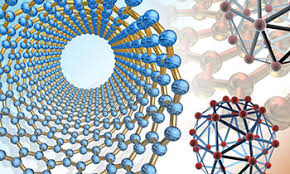Mechanical and Materials Engineering, Department of

Department of Mechanical and Materials Engineering: Faculty Publications
Document Type
Article
Date of this Version
2022
Citation
npj Computational Materials (2022) 8:168 ; https://doi.org/10.1038/s41524-022-00855-y
Abstract
Successive gliding of twinning disconnections (TDs) creates three-dimensional twins in parent crystal and accommodates shear deformation. It is generally recognized that TD is subject to the same Peierls stress as it glides forward or backward because of its dislocation character and the twofold rotation symmetry of the twin plane. Based on atomistic simulations, we demonstrate that the glide of TDs may be subject to a symmetric or asymmetric resistance corresponding to step character, symmetric resistance for A/A type steps but asymmetric resistance for A/B type steps, where A and B represent crystallographic planes in twin and matrix. Furthermore, we experimentally demonstrate that the asymmetric resistance results in asymmetric propagation and growth of twins in Mg alloys.
Included in
Mechanics of Materials Commons, Nanoscience and Nanotechnology Commons, Other Engineering Science and Materials Commons, Other Mechanical Engineering Commons


Comments
Open access